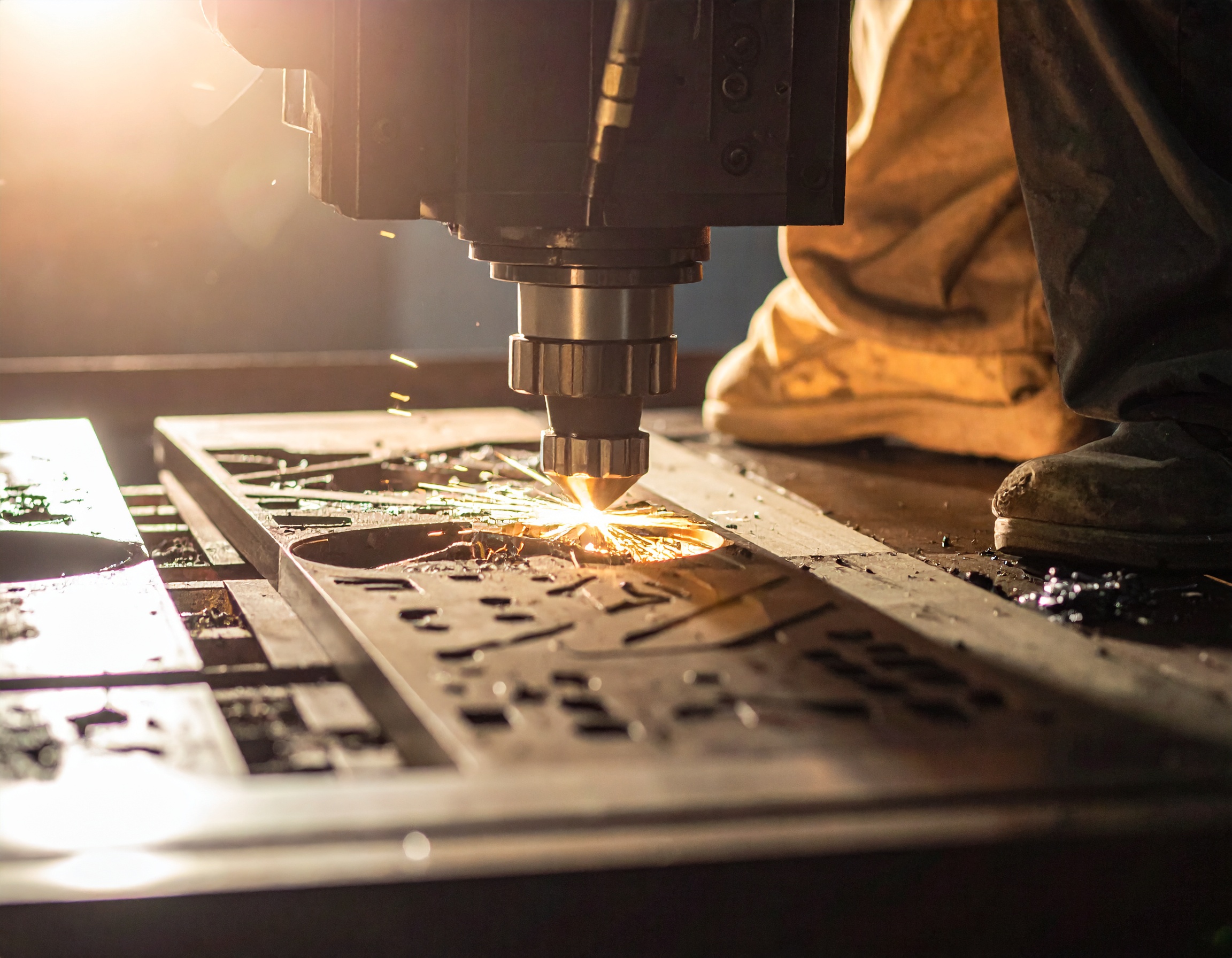Design & Developed by Themeseye

Stamped metal components are at the heart of numerous industries, including automotive, aerospace, and electronics. Metal stamping services enable the production of complex designs with high accuracy.
However, the long-term performance of these parts depends heavily on their ability to resist wear, corrosion, and environmental stress. This is where metal plating plays a vital role. By adding a protective layer, plating extends the durability of stamped parts and ensures they perform reliably in demanding applications.
Durability in stamped components is more than just a measure of product lifespan. For industries such as aerospace, automotive, and electronics, reliable performance is crucial for ensuring safety, compliance, and efficiency. A stamped part exposed to moisture, heat, or friction without adequate protection may corrode, crack, or lose conductivity. These failures can lead to costly downtime, recalls, or safety risks.
Metal plating is a surface finishing technique that involves depositing a thin layer of metal onto a stamped component. This layer strengthens parts against these challenges. It does so by forming a barrier that enhances structural integrity, improves resistance, and extends functionality under extreme conditions.
Different plating techniques have applications for custom metal stamping services in Canada. The choice depends on performance requirements and end-use environments. Each method brings its own unique benefits:
Plating does more than improve the aesthetics of parts that need a custom metal stamp in Canada. It directly impacts the functional performance of stamped parts in multiple ways:
1. Corrosion Resistance
Metal components often face exposure to moisture, chemicals, and other corrosive elements. Plating acts as a barrier, preventing oxidation and extending service life. Zinc and nickel plating are particularly effective in safeguarding parts against corrosion, extending the functional life of components.
2. Increased Hardness and Wear Resistance
Parts dealing with mechanical stress and friction benefit significantly from plating processes that increase surface hardness. Chrome plating, for example, enhances wear resistance and reduces surface degradation. This is crucial for maintaining tight tolerances and ensuring the mechanical integrity of stamped parts.
3. Enhanced Electrical Conductivity
Certain applications require stamped parts to conduct electricity efficiently. Copper plating offers excellent electrical conductivity, making it suitable for use in stamped components in electrical and electronic devices.
4. Improved Adhesion for Secondary Coatings
Metal plating provides a uniform surface that improves the adhesion of paints, powders, or other coatings. This layered approach helps create durable finishes that meet both functional and aesthetic specifications.
Also Read:
Which Raw Materials Deliver the Best Results in Metal Stamping?
How Therma Coating of Metal Stamping Tools Enhances Efficiency
Key Trends and Predictions in Metal Stamping – What the Next Decade Holds
Metal plating plays a crucial role in ensuring that stamped parts meet durability and reliability standards across various industries. By protecting against corrosion, wear, and environmental stress, plating transforms stamped components into long-lasting, high-performance solutions.
Promark Tool and Manufacturing is a trusted metal stamping company with decades of industry experience and stringent quality standards. For reliable custom metal stamping services in Canada, connect with Promark Tool and Manufacturing to discuss durable component solutions tailored to industry requirements.